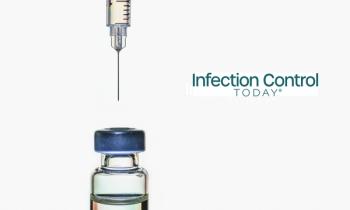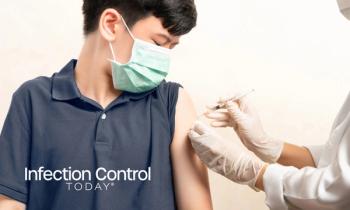
Personal History: Hard Lessons of the Deadly Flu Epidemic of 1918
The Spanish flu of 1918 killed between 20 and 50 million people. What lessons can we take from it?
My grandmother died in the mid-1970s at the age of 94. She had lost a son in the Spanish influenza outbreak of 1918. Slumber visits the very old at any time of the day so that dreams and reality begin to merge, like cream and the tea that it’s been poured into. However, some facts she clung to until the day she died and she grieved for 16-month-old “Baby Jimmy” until the end.
“You never forget,” she used to say in her Irish brogue.
At the turn of the last century-when every expert and amateur made lists of everything from the best movies to the best deserts-many considered the Spanish flu to be the most underreported event in the 20thcentury.
That’s not going to be the case with COVID-19, as everyday we’re hit with new, and sometimes, contradictory information. The
But statistics are always debatable.Our World in Data, a publication put out by a research team at Oxford University, recently featured this
Because of the lag time between a person getting COVID-19 and her or his experience actually becoming part of the official statistics (and, for milder cases, they never become a statistic), things are probably worse than what the CDC and WHO report, as leaders of those organizations would be the
Not in their lifetime.
We regular folk can only hope that the experts have come up with a plan that will work a lot better than the one used by the people in charge of Philadelphia in 1918, where my grandmother lived.
“Muddling through” would be too kind a description to tag on that response. The city’s reaction to the catastrophe was rife with mismanagement, miscalculation, and misfortune. Flu-friendly decisions at every turn guaranteed that corpses would pile up.
The 1918 flu didn’t need much encouragement. When it had finally run its course, the outbreak had killed an estimated
When the disease hit Philadelphia in September 1918, the city assured the public that the flu would not spread beyond military facilities.
Despite evidence that the flu was indeed reaching into the general population, a Liberty Loan Drive rally was allowed to go off as planned on Sept. 28, 1918. Huge crowd. Highly contagious and deadly disease. Not good. Eventually, about 13,000 people in Philadelphia would die before the epidemic ran its horrible course.
Years ago, Adam Gopnik, writing in the New Yorker about books on World War I, discussed the struggles with which amateur and professional gazers into crystals confront.
“All these historians find themselves contending with the issues of historical judgment: how much can you blame the people of the past for getting something wrong when they could not have known it was going to go so wrong? The question is what they knew, when they knew it, if there was any way for them to know more, given what anyone knew at the time, and how in God’s name we could ever know enough about our own time not to do the same thing all over again.”
In the case of the flu epidemic of 1918, the historical consensus is that those in charge in Philadelphia got it tragically wrong, when they could have just as easily have gotten it right. People still would have died. But how many?
Gopnik asked “…are there lessons in history, or just stories, mostly sad?”
That’s a question that I never asked my grandmother, but it might be one that we won't be able to escape.
Newsletter
Stay prepared and protected with Infection Control Today's newsletter, delivering essential updates, best practices, and expert insights for infection preventionists.






